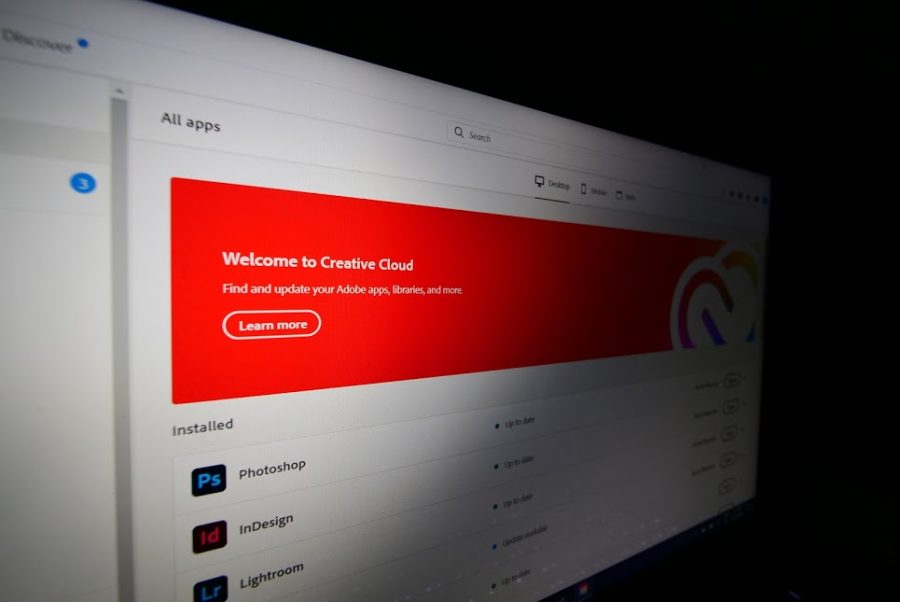NIU community now has access to Adobe Creative Cloud
Adobe Creative Cloud’s home page lists the different apps available for creating digital media.
September 25, 2020
DeKALB — NIU students and faculty now have access to a new and improved Adobe Creative Cloud. Adobe Creative Cloud will be available to NIU students and faculty on all seven campuses starting this Fall. The creative content development app has returned to campus after a brief hiatus.
Adobe Creative Cloud was briefly inaccessible during the spring semester due to campus closure and the transition to remote learning. Students and faculty were granted temporary at home access for the remainder of the spring semester.
With over 1.4 million subscribers, according to the Cloud website, Adobe Creative Cloud is a software program that can be used on a desktop or smartphone.
Creative Cloud apps can be installed directly on your device. Adobe Creative Cloud has over 20 apps, which include graphic design, video editing, web development and photography.
Licensing and budget constraints were also taken into account during the revamping process. Adobe worked closely with the university in regards to pricing. Matthew Parks, chief director of information technology, estimates the projected cost for licensure to NIU is around $100,000 to $200,000 for the entire Adobe license portfolio.
This includes licensure for students to use Adobe Acrobat and Creative Cloud in addition to faculty and staff.
Student and faculty feedback from surveys were gathered towards the end of Spring semester. These surveys provided the IT department with an idea of concerns related to Adobe Cloud and Portfolio, in order to assess what the program needed to improve upon.
The general feedback given was that easier and more seamless access to Adobe applications and portfolio would be very beneficial to the university.
Adobe Creative Cloud applications are now accessible on the Cloud anywhere. Before, the apps were “locked in” and could only be used on campus in computer labs.
Parks hopes as the school year progresses, towards the end of September, the IT department can begin pulling data from certain colleges, to gather more feedback about the new and improved system. So far, there haven’t been any significant issues, Parks said.
“There was a joint collaborative effort over the summer between the Department of Academic Affairs, Student Affairs and the Department of Information Technology, and the library to hone in on certain issues with Adobe and improve upon them. The main focus has been on system availability and readiness,” Parks said.
Parks is enthusiastic and hopeful for the future of on campus and remote learning.







